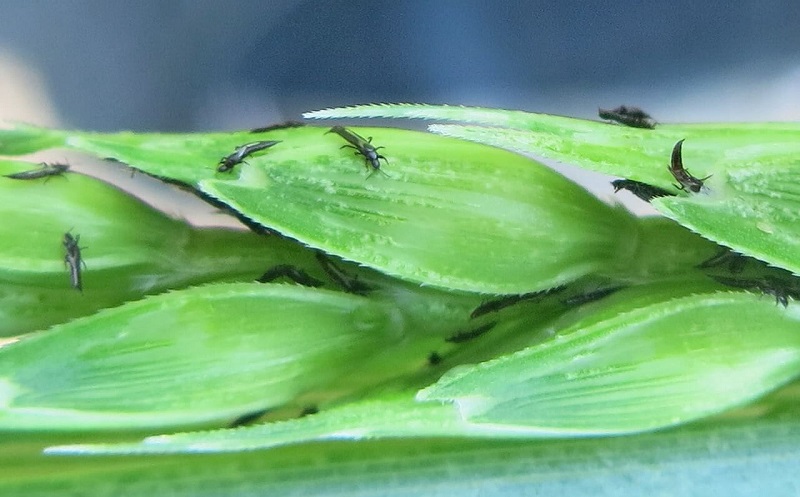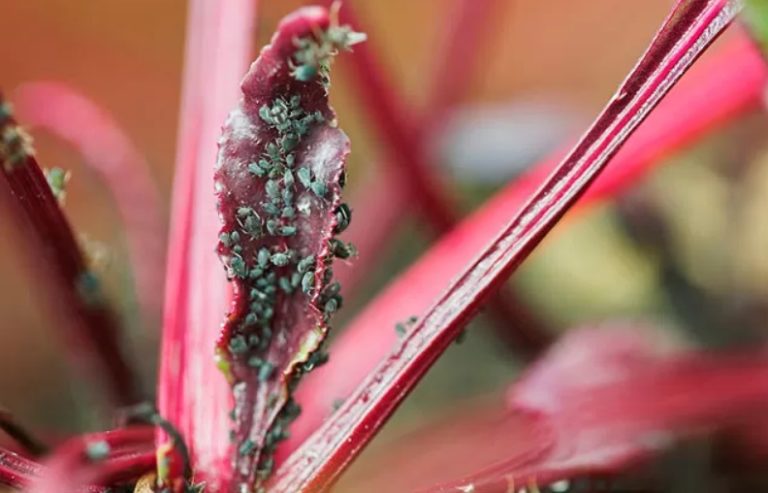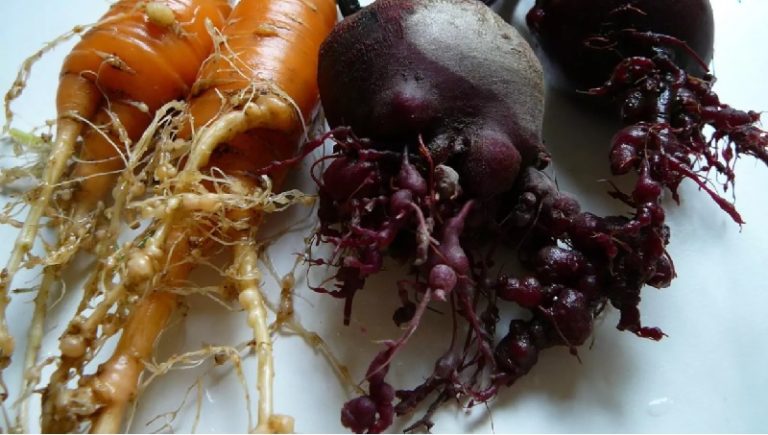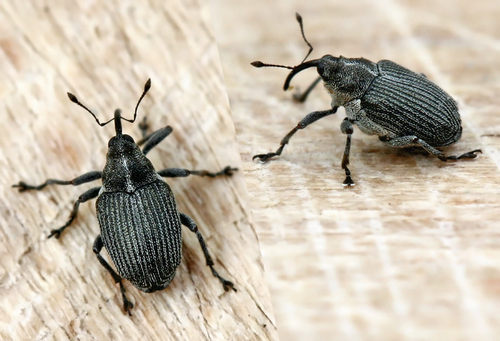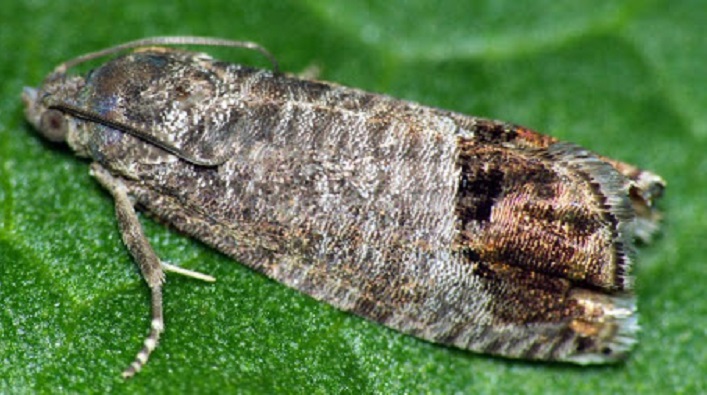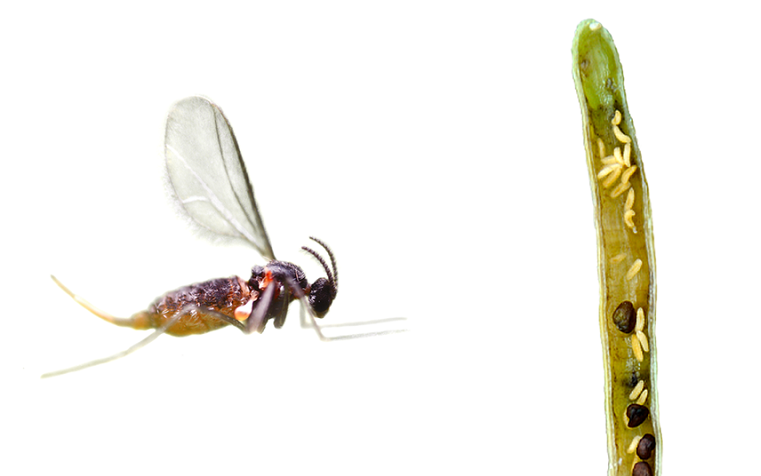Wheat thrips – signs of the appearance of control methods
Wheat thrips significantly affects the yield – if there are 15-20 thrips on one ear, the yield is reduced by 10%.
The food specialization of wheat thrips (Haplothrips tritici) is wheat, but it can also harm rye, and in dry years, barley. It causes damage both in the larval phase and in the adult insect. Seeds damaged by thrips become light, fragile, their energy and fertility decrease. It significantly affects the yield – if there are 15-20 thrips on one ear, the yield decreases by 10%. Spikelet scales affected by wheat thrips turn white at the base. Also, at the stage of milky ripeness, yellow-brown spots are clearly visible on light green grain. After ripening, the grain becomes wrinkled at the site of the spots. If the damage caused by wheat thrips is significant, then at the stage of entering the tube, the wheat may not be spiked, or the ear becomes disheveled and spikeless.
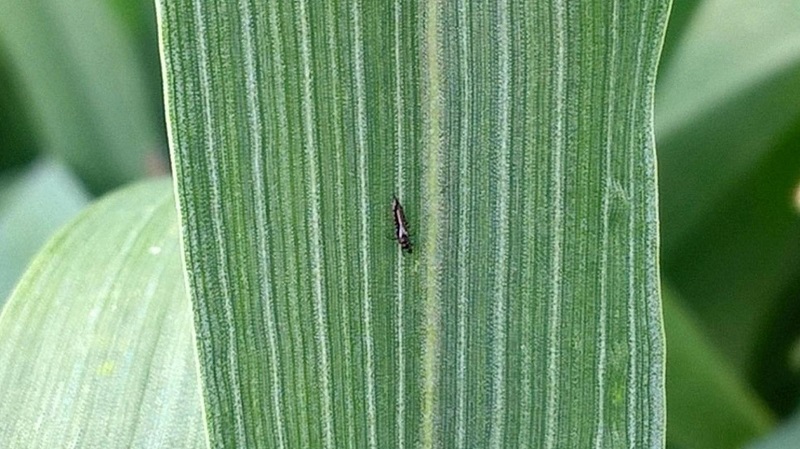
Adult wheat thrips can be recognized by the following signs: a small (1.5-2 mm) black or dark brown insect with an elongated, narrow and flexible body. Very narrow wings with long fringed hairs. The larvae are similar to adult insects, but red in color.
The development of wheat thrips continues for one generation. The larvae hibernate in the upper layer of soil, fields, stubble. In the spring, when the soil heats up to 10 ° C, the larvae come to the surface and turn into a nymph. Adult insects andtheir mass flight begins with the exit of barley into the tube. Adult wheat thrips gather in the axils of the leaves, climb into the ears. In the slaughter phase, eggs are laid. The problem is that female wheat thrips lay eggs on spike scales and rods, and after 10-14 days the larvae begin to feed on the scales of the ear, and over time move to the grain and concentrate in the grooves. When the phase of waxy ripeness begins, the larvae stop feeding on the ears and descend to the wintering place.
Wheat thrips control measures.
On beer varieties of barley, it is best to pickle the seeds with insecticidal-fugnicidal preparations CELESTE TOP 312.5 hp, CELESTE MAX 165 hp.
Seedlings should be treated with insecticides KARATE 050 c.e., KARATE ZEON 050 s.k., ENGIO 247 s.k.

